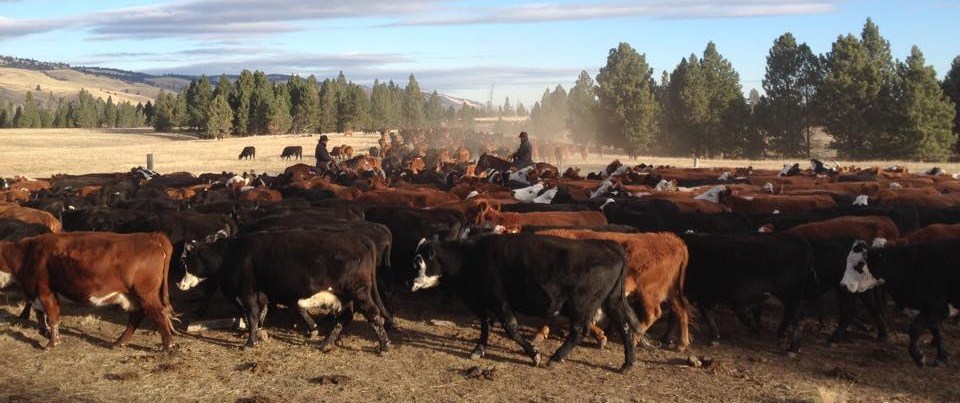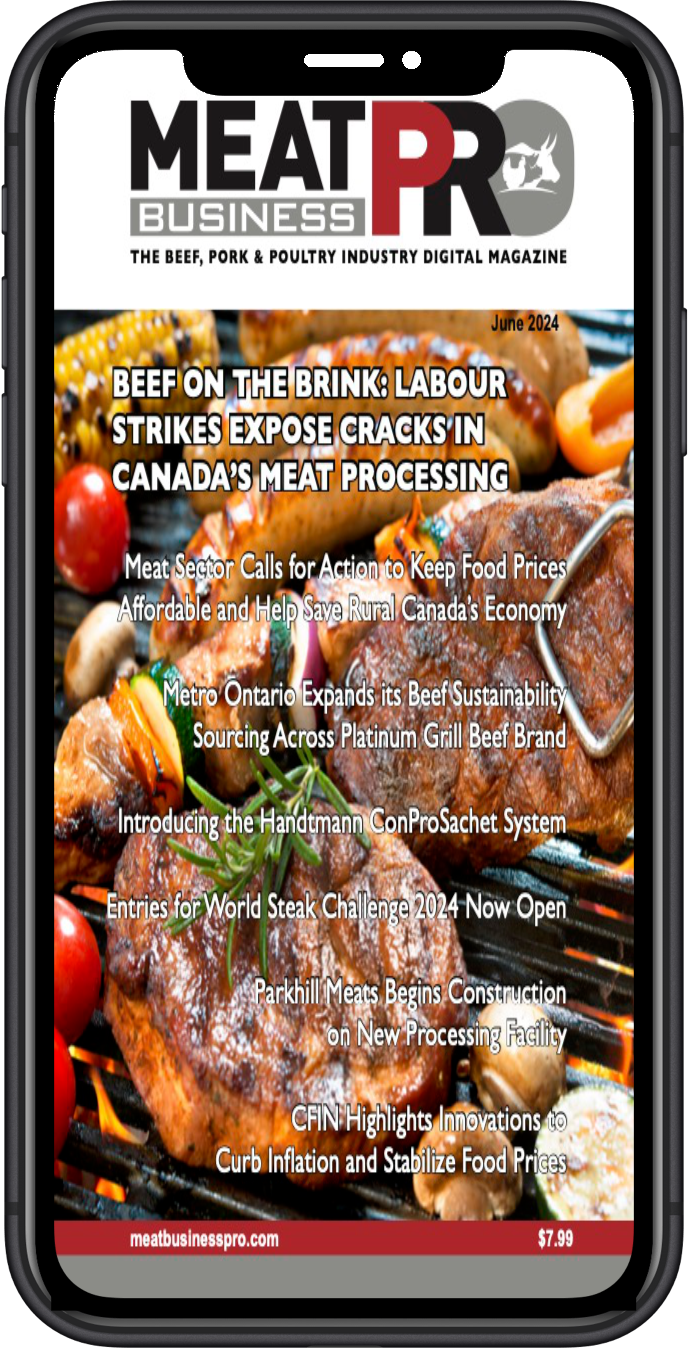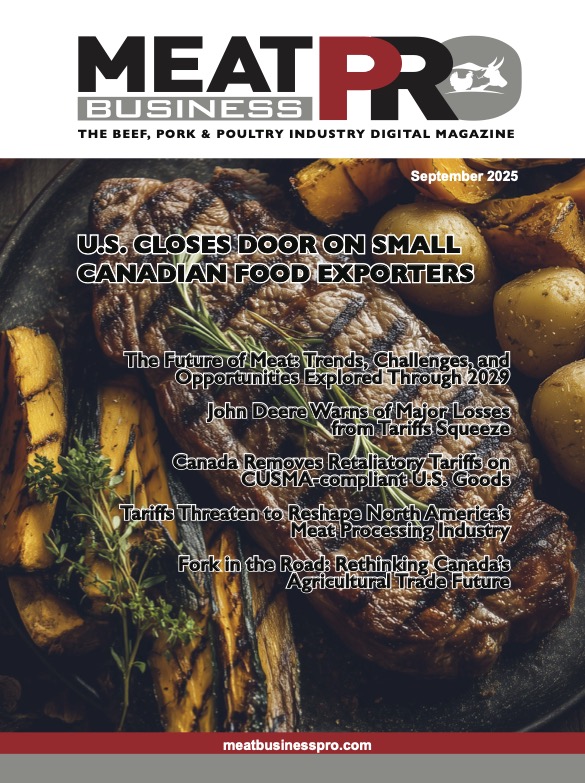I’ve Got a Beef

The Canadian beef industry took a bit of flack in the regional media last week. It’s part of a larger problem — many Canadians have lost their connection to the farm and how food is produced
by Kate Jackman-Atkinson, Editor, myWestman.ca
They don’t know what Manitoba cattle producers are actually doing and why turning our province’s pastures into fields of soy might not be the best idea.
Last summer, a study was published in Science titled, “Reducing food’s environmental impacts through producers and consumers.” The study consolidated international data from five environmental indicators, 38,700 farms and 1,600 processors, packaging types and retailers. The study concluded, “The impacts of the lowest-impact animal products typically exceed those of vegetable substitutes.” The study also points out that while livestock takes up 83 percent of farmland, they only produce 18 percent of the world’s calories. Some of the more prominent news coverage ran with pictures of cattle grazing on slashed Amazon rain forest and pushed the need to switch from animal to plant proteins.
“Today, Canada’s cattle ranchers are producing more with less”
There are extremely damaging ways of producing meat, including grazing illegally slashed Amazon rainforest, but what gets considerably less attention is the role that animal agriculture plays in helping to conserve the environment and species at risk. The “Reducing food…” study found that the problems weren’t evenly distributed — looking at beef herds, the highest-impact 25 percent of producers represented 56 per cent of the beef herd’s GHG emissions and 61 percent of its land use. There is a large need for change among these producers.
One of the biggest positive roles cattle and other ruminant animals play is that they utilize natural resources that humans can’t. They break down the cellulose in grass for energy, this is something that many mammals, including humans, can’t do. It’s more complicated than just turning fields of grazing into crops, because not all land is created equal. All told, the FAO estimates that as much as 70 percent of the world’s agricultural land can only be utilized as grazing land for ruminant livestock. This land has no other productive options.
Grazing animals play a vital role in the ecosystem and since the large herds that used to graze the plains no longer exist, today, domestic animals fill the role. The Canadian Wildlife Federation recognizes the more than 20 million hectares of pasture in Canada, which is important habitat to thousands of species of birds, mammals, reptiles, plants and insects. Some of the country’s largest conservation agreements cover pasture and at the Alberta/Saskatchewan border, beneficial cattle grazing has been one of the key factors in efforts to rebuild the decimated population of sage grouse. Sheep are being used to combat the encroachment of invasive plants and ensure the health of the tall grass prairie at the Living Prairie Museum in Winnipeg.
In our area, it’s not unusual to see prime cropland sell for $3,000 or more an acre, it just doesn’t pay to graze animals on such valuable land. It’s why as seed varieties and fertilizers allow more marginal land to be turned into something it really isn’t, more and more pasture is being converted into cropland, often after being cleared, drained and levelled.
Today, Canada’s cattle ranchers are producing more with less. In 2011, it took 29 per cent less breeding stock, 27 per cent fewer slaughter cattle, 24 per cent less land and 15 per cent less greenhouse gas to produce the same amount of beef as it did two decades before. This is not an industry stuck in the past.
There are over 205,000 farms in Canada and their diversity is only a fraction of that seen around the world. This isn’t to say that there isn’t more we could all be doing, but to advocate that Manitoba’s pastures should be converted to fields of soy ignores the realities — those that can, or should, already have been.
Source: ChrisD.ca
Our September 2025 Issue
In our September 2025 issue, Beef Advocacy Canada relaunches new platform, U.S. shuts the door on small exporters, The future of meat, John Deere tariff warning, Shrugging off high beef prices, Geopolitics and Bird Flu, The reshaped meat processing industry, Rethinking Ag trade, and much more!











